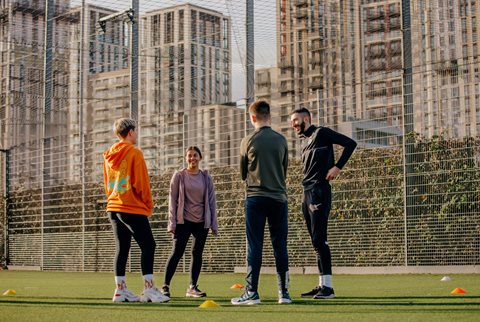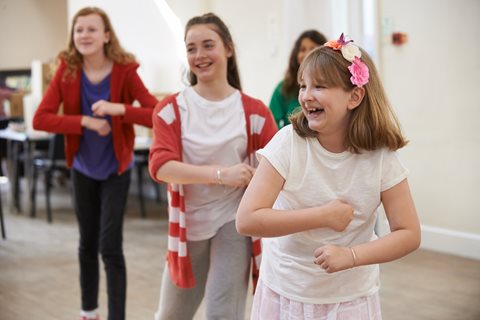Our cookies
We use essential cookies to make our website work smoothly for you. To make sure we're always improving, we'd like to use analytics to track how people use the site. We won't set non-essential cookies unless you give us permission. You can find more information about all the cookies we use in our Privacy and Cookie Policy.
Some cookies are a must for our website to function properly. If you turn off essential cookies, it may affect how you experience our site.
The non-essential cookies we use help us understand how you use our website and make improvements to enhance your experience.
A Level Playing Field: Coaching Children and Young People with Mixed Abilities
Director of Nova Sports Jenny Rutter and Senior Development Manager at Access Sport Lizzie Edgecombe share a wealth of practical knowledge and tips on coaching mixed ability groups, including ideas for adapting fun games for disabled people and child-first strategies to help you tackle barriers to participation.
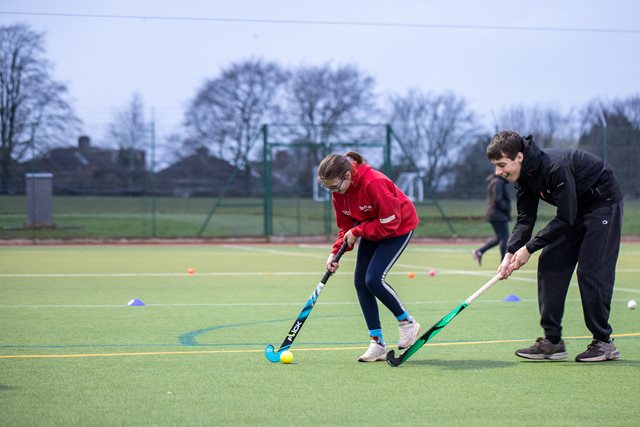
Included in this article:
- What do we mean by mixed ability?
- Why is it important to be inclusive?
- Children's right to play
- The right to be heard
- Obtaining feedback to inform future sessions
- Adaptability, creativity and putting the child first
- Barriers to inclusion and how they can be overcome
- Barriers to coaching disabled people
- The benefits of inclusive coaching and child-first coaching
- Planning great sessions
- How to nail the warm-up
- Signposting to further support for coaches
- Download FREE Resource: Lizzie's 6 Top Tips
by Charlotte Potterton
What do we mean by mixed ability?
When asked to describe a mixed ability group, Director of Nova Sports Jenny Rutter needs to take a minute to consider the question. This is because there is no de facto ‘mixed ability’ group.
"It’s a group of individuals who are all taking part in sport in slightly different ways," Jenny explains. "Their mixed ability can be anything from a physical disability to how the rules of the game are communicated to them, and to the speed at which they’re taking part, and even their motivation for getting involved."
In some respects, the clue is in the title: a mixed ability group offers explicit space and opportunity for people with a range of motivating factors as well as a range of abilities, which can include people of varying ages, skills levels, and levels of development, as well as people with physical disabilities and learning disabilities, neurodivergent people and people with mental health issues. It’s a long list.
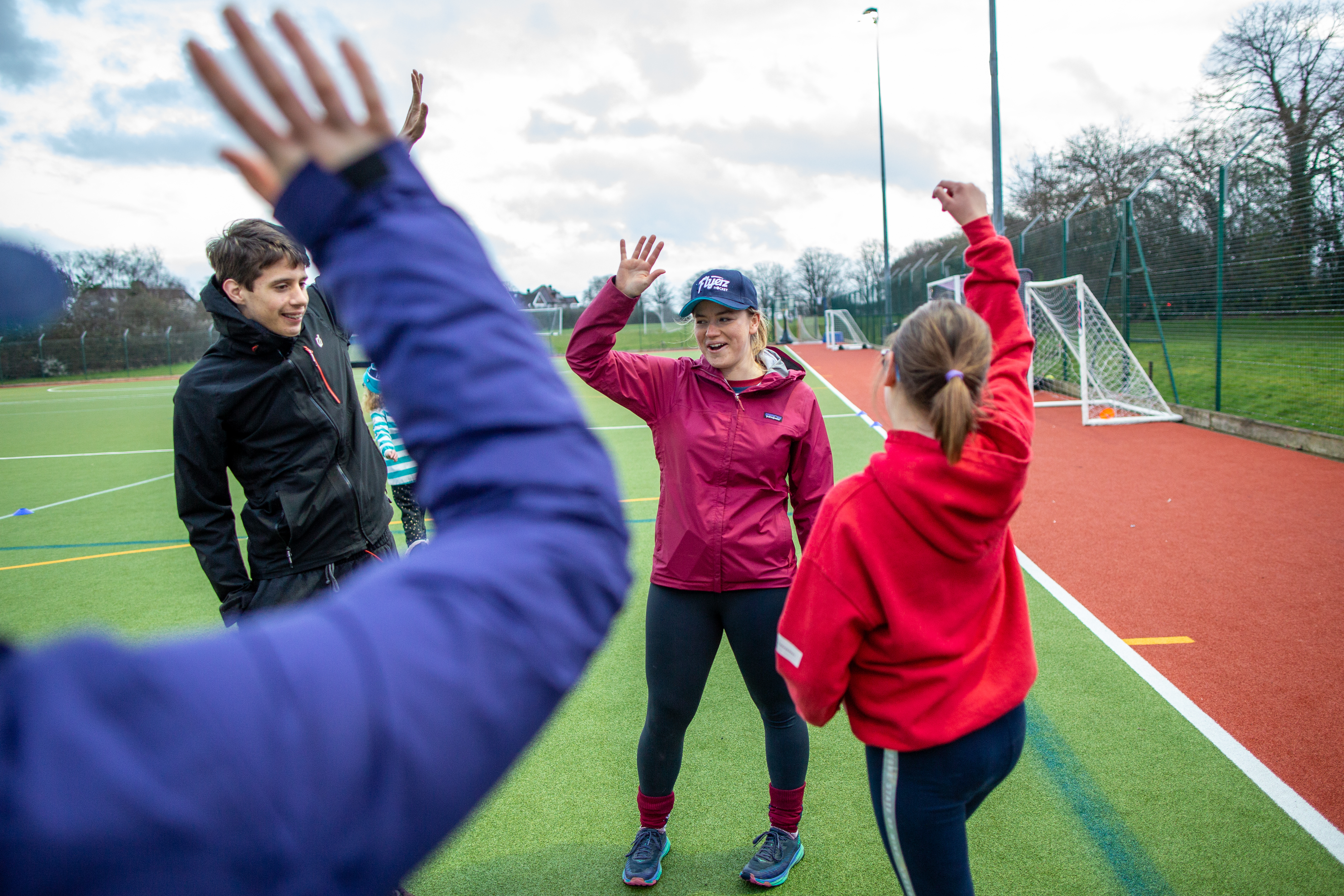
Why is it important to be inclusive?
Inclusive sessions offer equal access to opportunities to participate in sport and physical activity for people who might otherwise be excluded, ensuring that they can also enjoy taking part and developing their skills.
Jenny explains that given the benefits of participation in sport and physical activity for physical and mental health as well as social development, everyone who wants to be physically active should have the opportunity to be physically active.
Everyone should have the choice to do a sport that they enjoy, that they want to continue to do, that they want to spend their weekends doing, and that they want to make friends at. We know the benefits of participation, and everyone should have access to those benefits.”
Jenny Rutter Director of Nova Sports
"It gives children a sense of belonging and community," Senior Development Manager at Access Sport Lizzie Edgecombe agrees. "That should be a basic human right: everyone should be able to get that and achieve that."
Opportunities for participation can also be a vehicle for changing perceptions, enabling more people to recognise the transformative power of sport and physical activity.
"Sport has that unique ability to break down barriers and change people’s misconceptions about what is possible or what they might think of different individuals.
"If we can do it in sport, then we stand a pretty good chance of being able to do it in other aspects of society as well. It’s that gateway into tackling some of those bigger barriers."
.jpg)
The right to play
When coaching children, play is critical: "If there’s no fun, there’s no point," says Lizzie.
At the end of the day, kids want to have fun and enjoy themselves. There’s no point running sessions that they don’t enjoy, because they’re not going to come back, or they’re not going to participate and engage.”
Lizzie Edgecombe Access Sport
Jenny adds that a broad variety of opportunities for play are also a powerful weapon against assumptions, which can unintentionally inhibit enjoyment and then participation.
"Sometimes people will assume that wheelchair users want to become wheelchair basketball players. That’s not always true: they might not even enjoy wheelchair basketball!
"So, we need to make sure that communities are providing multiple opportunities so that that child or young person doesn’t just have the right to play, but also the right to choose what they want to play, and how they want to be active."
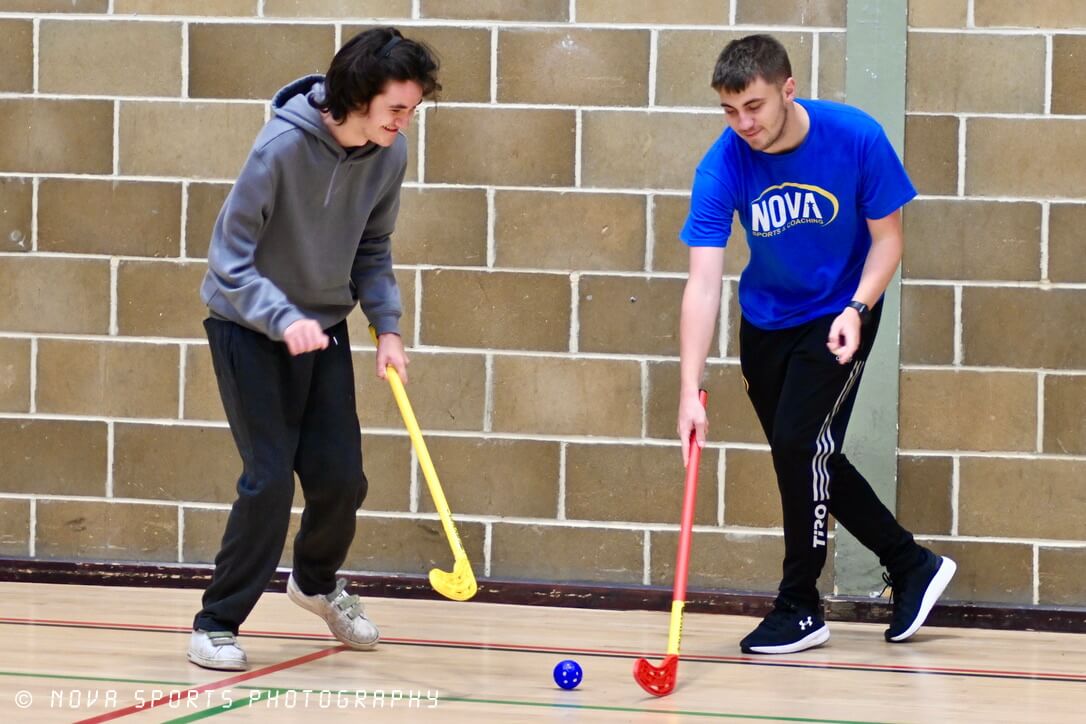
Challenge Yourself
Involving the children you coach in your decision-making can be the key to even better sessions. Use these ideas to get started with this.
CHILD-FIRST COACHING IDEAS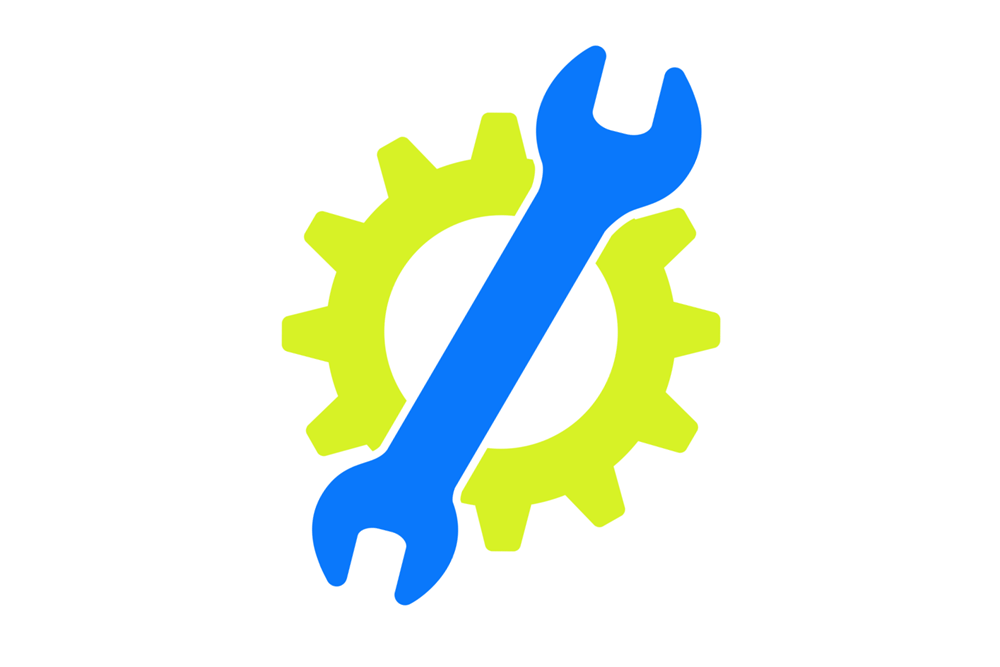
The right to be heard
Lizzie believes wholeheartedly in the Children’s Coaching Collaborative’s foundational pillar that children have a right to be heard, asserting that the responsibility for ensuring this exists sits with coaches.
"It’s up to us to want to listen, because you can’t be heard if you’re not being listened to. We need to appreciate that everyone’s opinion matters, and that everyone has a contribution to make."
Thinking specifically about making sessions inclusive, Lizzie explains that you may need to develop your communication skills to enable effective communication. This may mean learning new ways to communicate and involve working with a child’s support network.
Jenny explains that she has used symbols to help children understand activities and has created timetables for multi-sport sessions to give her participants an idea of what to anticipate.
She has also completed CPD training on AAC devices (a tablet or laptop that helps someone with a speech or language impairment to communicate) and on Makaton (signs based on British Sign Language, used in conjunction with speech).
"It can be quite daunting if a young person communicates in a way that you’re not used to, or that you feel as if you have less skill in," Jenny explains.
"By learning these different forms of communication, it’s given us the confidence to ensure that we can initiate conversations and aren’t unintentionally cutting anyone out of the conversation."
Good communication isn’t just effective when discussing sport-specific skills or a child’s ideas around movement. Lizzie recalls having fantastic conversations about birthday parties, superheroes, and even vampires.
"It tells them that there are adults that are there to listen and be interested in them. Even if we’re talking about dinosaurs one week, if there are other things that they want to talk about that are maybe more serious another week, then they know then that they can come to us and be heard."
Reflect on Your Practice
Keen to ensure that the children feel like they have a voice? Use our questions for self-reflection to identify changes you might want to consider making to your coaching.
SELF-REFLECTION ACTIVITY
Obtaining feedback to inform future sessions
One strategy to ensure that everyone’s voices are heard is to regularly gather feedback.
As well as helping you to ensure that your participants are having fun, it’s also a great starting point for making those small tweaks that transform a session from good to great.
If people keep coming back to your sessions, that’s reliable evidence that you’re doing something right.
But what could a more formal feedback process look like?
Jenny explains that some of her clubs have established player representatives who gather feedback with the support of the welfare officer. In a team in which some members use 'EyeGaze' communicators (hands-free communication technology), they have created a widget that enables those participants to answer the questions on their devices.
"It’s a really important process that we have made formal at the club to ensure that we hear what everyone has to say," Jenny explains.
What’s the best way for a coach to begin working with a mixed ability group?
"I think it should always be the same," Lizzie says. "Coach the person in front of you first and the sport after."
Working with an inclusive group can be more challenging, as there may be restrictions to consider or certain ideas that you have that ultimately can’t be brought to fruition with the people that you’re working with.
However, this can often be solved simply by being willing to adapt. Planning sessions with an open mind and the willingness to be creative is key.
Jenny gives an example of how a session was adapted to include young people who used powerchairs. The powerchair users were given pool noodles to hold onto or secure down the sides of their wheelchairs so they could join in the tagging game. It created sufficient distance to ensure that the activity was safe while enabling everyone to take part and have fun.
Acknowledging that this can be a daunting prospect for anyone new to inclusive coaching, Lizzie explains that this can best be achieved by putting the child first, and by being poised to adapt activities to suit the individual.
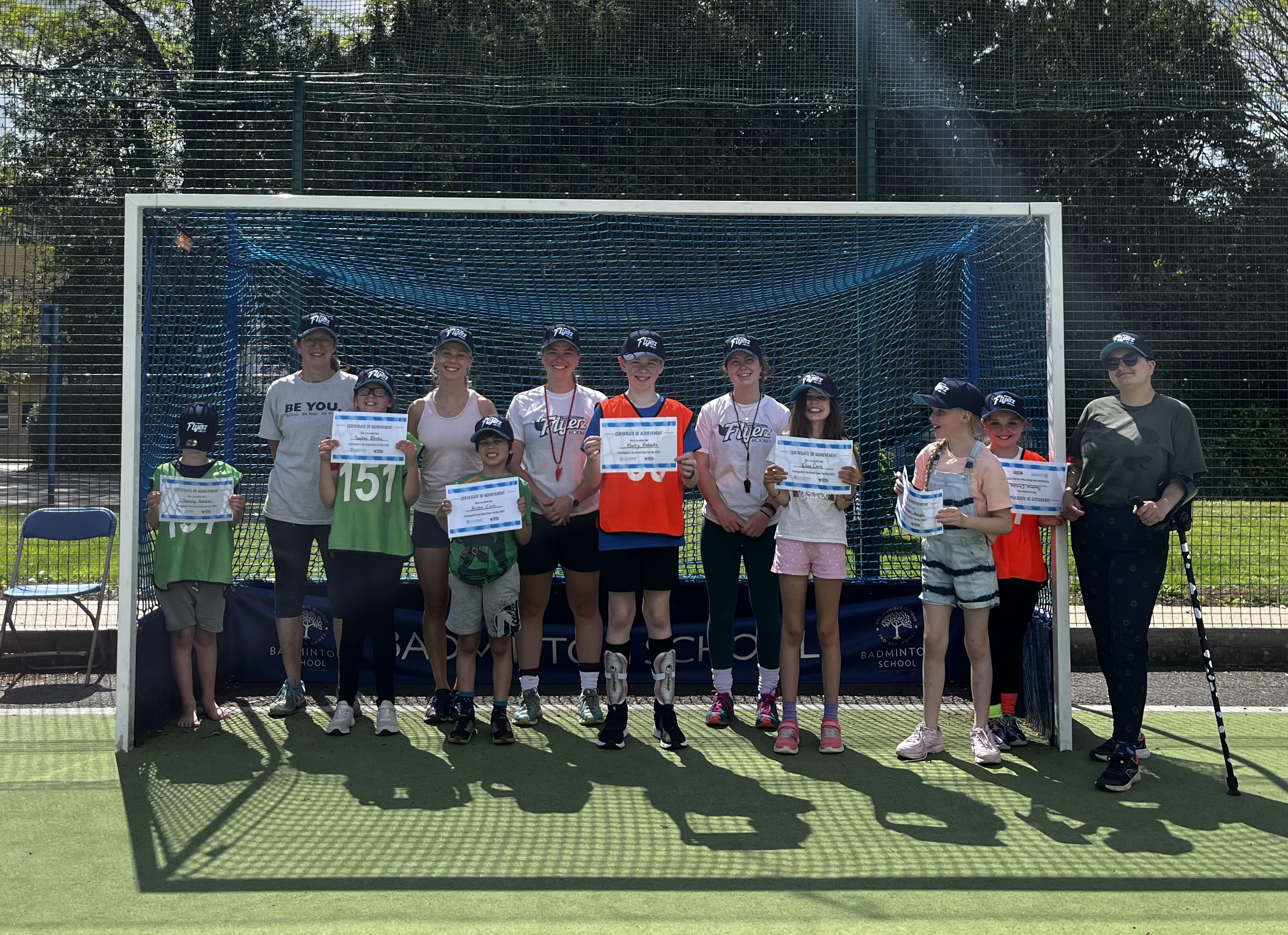
It’s just changing people’s attitudes and perceptions of how to coach. We’re there to support those players to develop and have a good time, not to get them to do what we want them to do.”
Lizzie Edgecombe Access Sport
For more on this, watch UK Coaching’s video, Ideas for Making Your Sessions More Inclusive.
If your inclusive sessions are intended to be appropriate for disabled people, Lizzie recommends the social model of disability as a great lens to help you tailor your coaching. It states that disabled people are disabled by the barriers in society rather than their impairments or conditions. Following that, it’s your role to create an inclusive, barrier-free environment in which they can develop and thrive.
It may also be that the best way to be inclusive is to be exclusive: creating an opportunity that’s solely for young people with specific needs.
If you’re working with children that can only take part in small groups, for example, that might involve capping the number of people at your session, or if your group requires expensive equipment, then you might have to restrict participation to just the people that use that equipment.
Barriers to inclusion and how they can be overcome
"That’s experiences that they’ve previously had where they tried to do something and it hasn’t been an inclusive environment, so they haven’t had the support there to help them achieve," Lizzie explains. "These experiences then create barriers that we’re trying to overcome."
Her strategy is deceptively simple: child-first coaching with space for on-the-fly creativity. This means placing aside any assumptions in favour of identifying what the individual needs, not what you think they need.
"Adapt when needed rather than just adapting from the off. We want them to push themselves and develop in the supportive environment where it’s still ultimately up to them what they want to take part in and do."
You might want to consider:
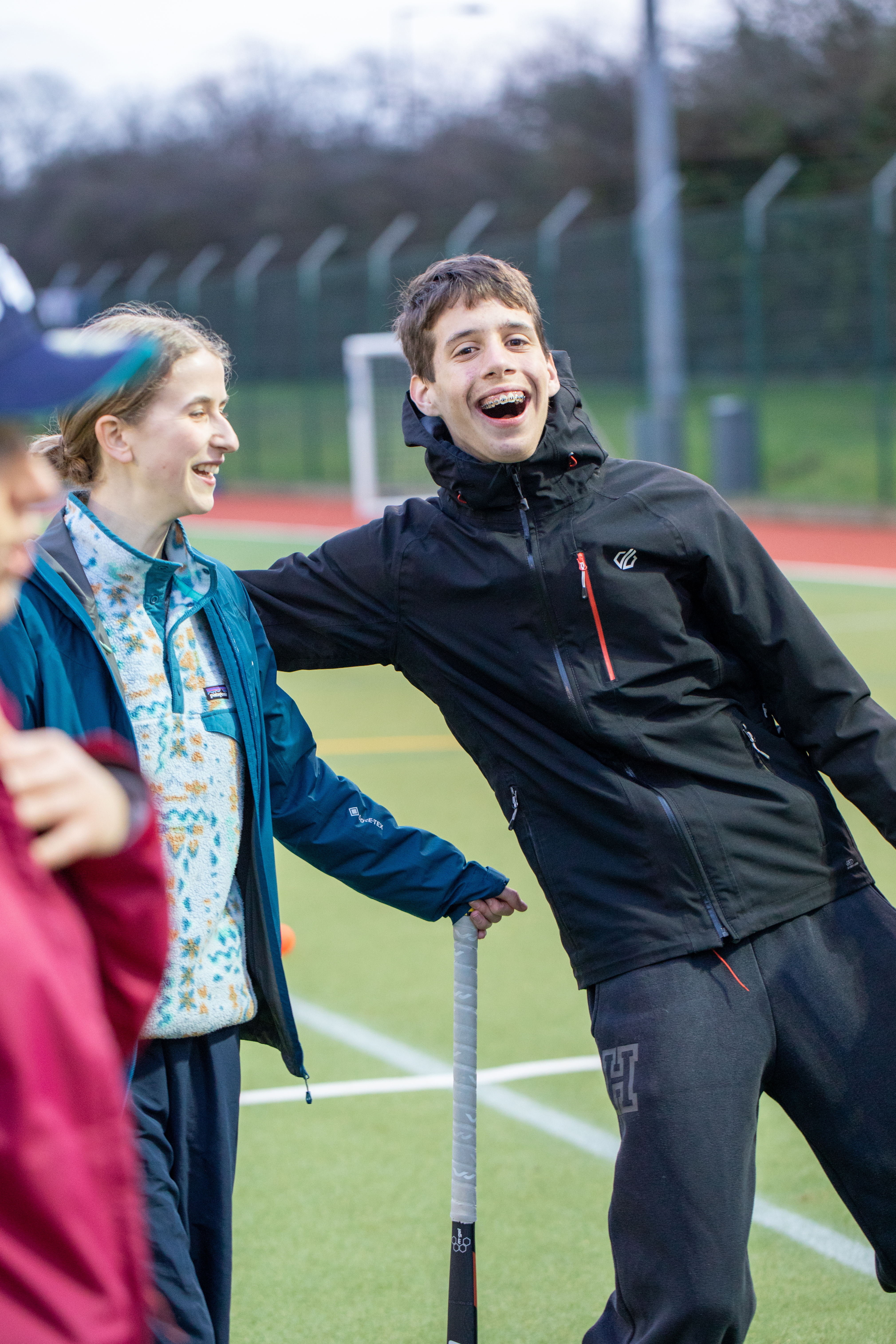
- your venue and facilities. The obvious things to watch out for are buildings that can only be accessed via steps and that don’t have accessible bathrooms. Importantly, even if you can rectify these logistical issues, Lizzie adds that it’s important to communicate about accessibility as well, so that people—or the parents of the children you want to encourage to attend—are aware, with no risk that their child might turn up and not be able to take part
- light and noise. Bright lights can affect people with sensory issues, and too much noise, such as from a session taking part in a shared space, can also be overwhelming. Turning down the lights and making sure that the environment around the session is quiet can be really helpful.
Finally, Lizzie asserts that displaying the right attitude is fundamental.
"Meet them with a smile, say that it’s lovely to meet them, and be enthusiastic about their presence. If you unintentionally look panicked or say that the session can’t be changed to include them, that can be really damaging."
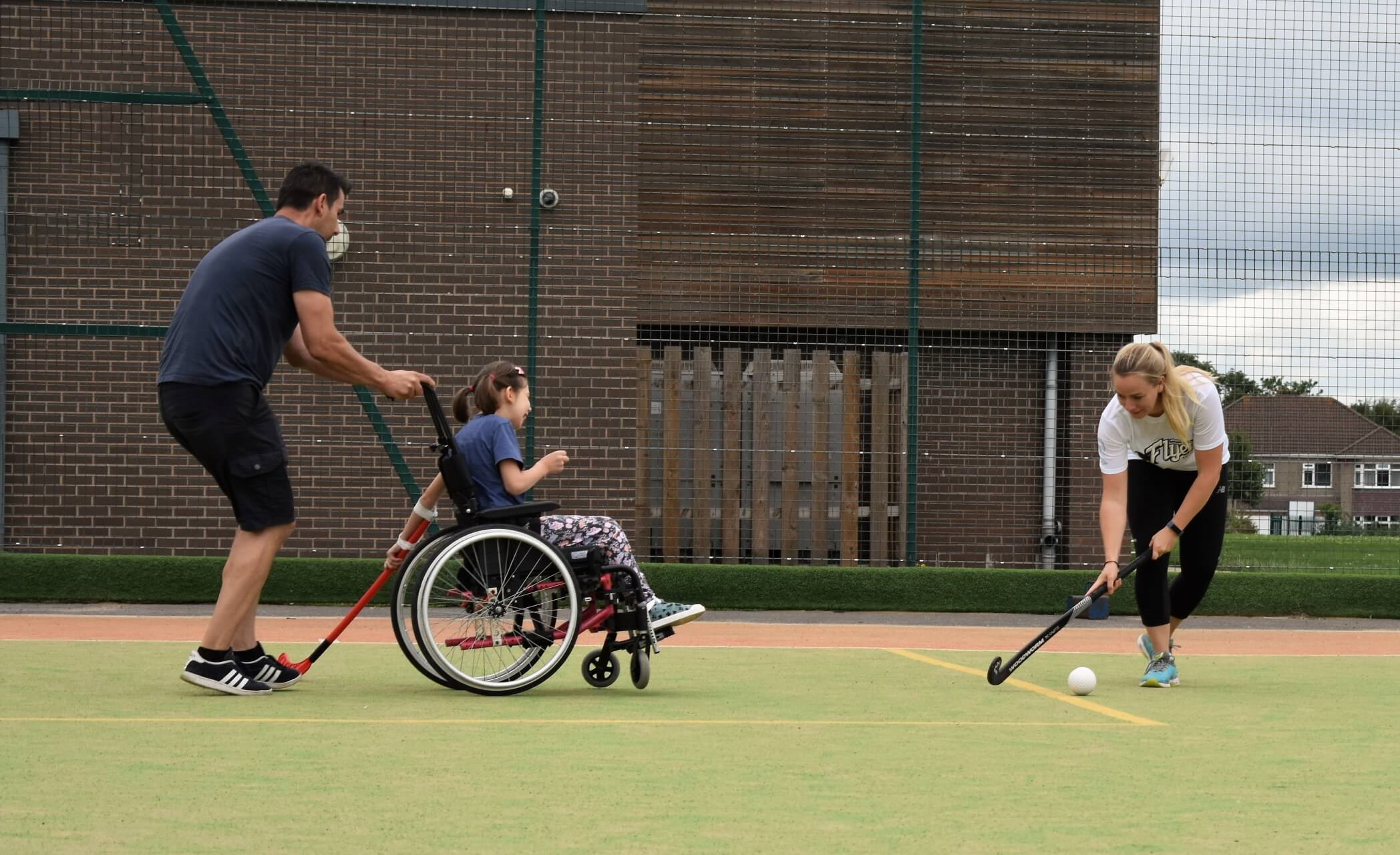
Barriers to coaching disabled people
Jenny explains that one of the most confounding barriers is access to equipment. If a young person without a disability wants to play football, they get a pair of football boots and turn up at the football session at the local park, and they’re playing football. But for a young person with a physical disability, the expense is much higher.
At Jenny’s club, they offer powerchair football, but to take part, they need access to a £10,000 sports powerchair. They might also need access to a mobile hoist to get from their chair to the powerchair. On top of that, they’ll need a specialist coach with the right coaching qualifications, and access to an indoor sports hall, which makes the session much more expensive to run. The chairs also must be stored and charged between sessions.
The solution, Jenny says, is to make sure that you’re taking steps to access the funding available and seeking support from the community and your network.
What are the benefits of teaching a mixed ability group in an inclusive and child-first way?
Lizzie explains that child-first, inclusive coaching paves the way for each child to succeed—in their own way and their own time. They can enjoy a journey in sport and physical activity that is relevant to them and meets their needs.
This, in turn, has a positive impact on other areas of their lives.
"There are kids that don’t think that they can do things, and when they do, it’s fantastic. It’s a massive achievement, and it’s all translatable to other aspects of their lives as well. For instance, the achievement of making friends at a sports club is something they can carry with them to other clubs and environments, improving their confidence."
"One of my absolute highlights has been an end-of-season party for the powerchair football club," Jenny adds. "I saw six young people in the corner of the hall, just laughing and chatting. They’re a mix of powerchair users and people without disabilities who have played together for a year, and now have a friendship group in place that they can take forward with them. “We’re not just creating spaces for young people to be physically active: we’re creating spaces for them to build better lives."
Lizzie notes that it’s also great for parents and guardians, as they too can derive enjoyment from witnessing what their child can achieve in a safe, supportive environment.
And coaching mixed ability children’s groups can be really rewarding for the coach, as Lizzie explains:
Kids are such characters and it’s a breath of fresh air in your busy, stressful life. Team that up with seeing those kids develop in all the different ways: growing confidence, making friends, and getting better at sport as well, and it’s just an amazing experience.”
Lizzie Edgecombe Access Sport
Specifically making space for child-led activities builds on this further. Lizzie explains how she will frequently incorporate their ideas into future sessions.
"We were playing a game about crossing the river," Lizzie says. "It was about passing the ball, getting it up and across, and thinking about moving around the space. I then asked how we could make this more fun. They adapted it so that they didn’t have to stay on the same side. They could cross at different points, over stepping stones—which added more movement and made it a little bit more chaotic and good fun."
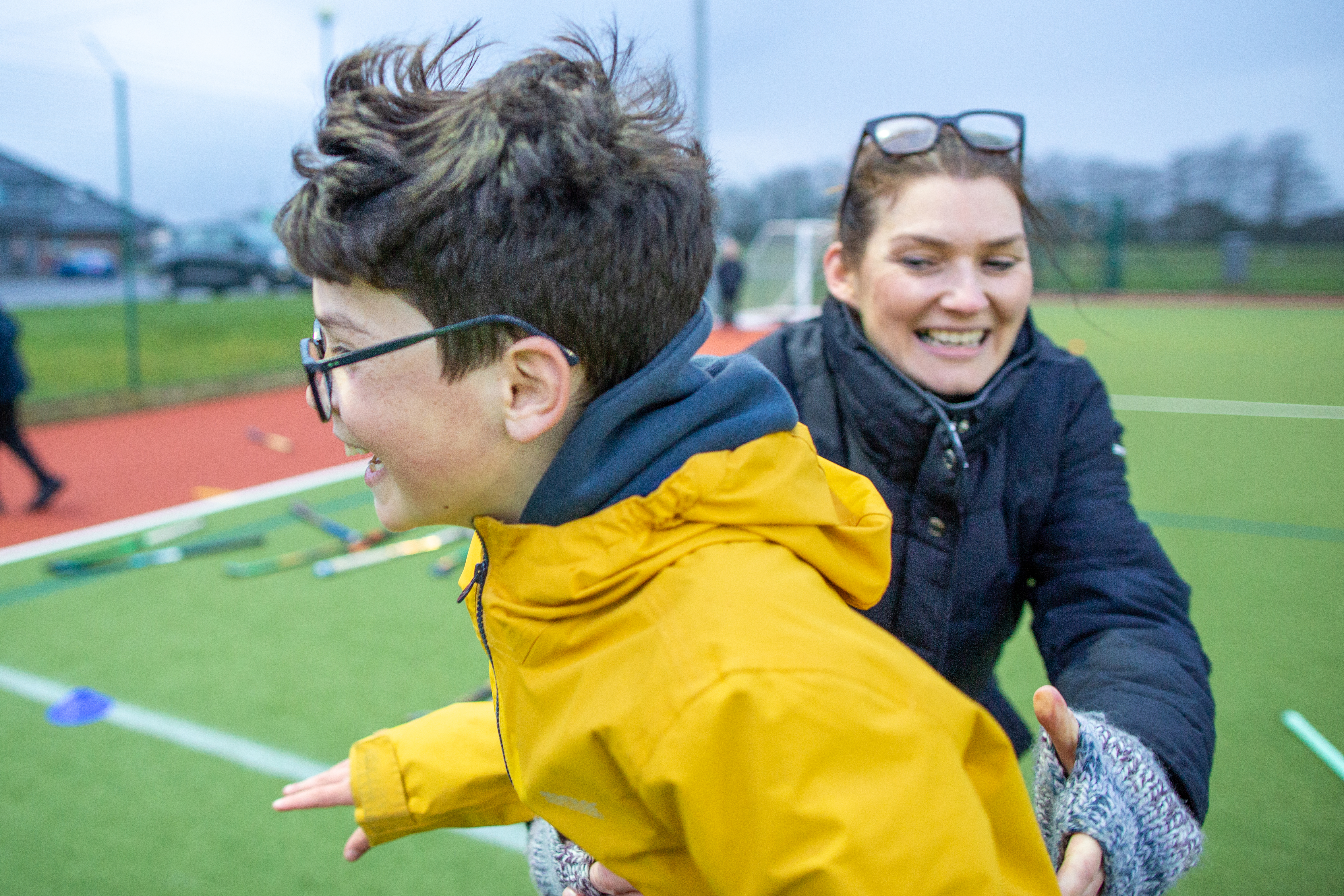
Top tips on coaching a mixed ability group: planning great sessions
When planning a mixed ability session for children, Lizzie recommends starting the process with a clear theme, such as a skill that you’d like to develop. You can then pick and choose activities that build towards that theme or aid skill development in the identified area.
Then it’s time to get creative and think about how you might adjust your plans if necessary.
"It’s thinking about who could turn up and how you might adapt your session," Lizzie explains. "By covering all the bases, you’re not flustered if someone new does turn up, and you also have options in place so that you don’t have to change everything. You can tweak your ideas, and you’re away."
Lizzie recommends using the STEP Model (space; task; equipment; and people) as a reliable framework for modifying activities. Using it to help identify options can give you peace of mind that you’re ready to adapt activities to ensure that everyone has a great time.
Jenny presents the example of offering a sports wheelchair to a wheelchair user for the session.
"It’s the psychology of getting ready to play sport," Jenny explains, "just instead of changing clothes, they’re changing wheelchair, but it also allows them better movement and to participate in a more effective way."
Another example is to use balloons instead of balls if you need to slow a game down, enabling people of differing ages and abilities to take part and achieve something.
"Being prepared is always great," Lizzie adds, "but it’s also about being flexible and adaptable, because sometimes your session doesn’t quite work, and you’ll need to mix things up."
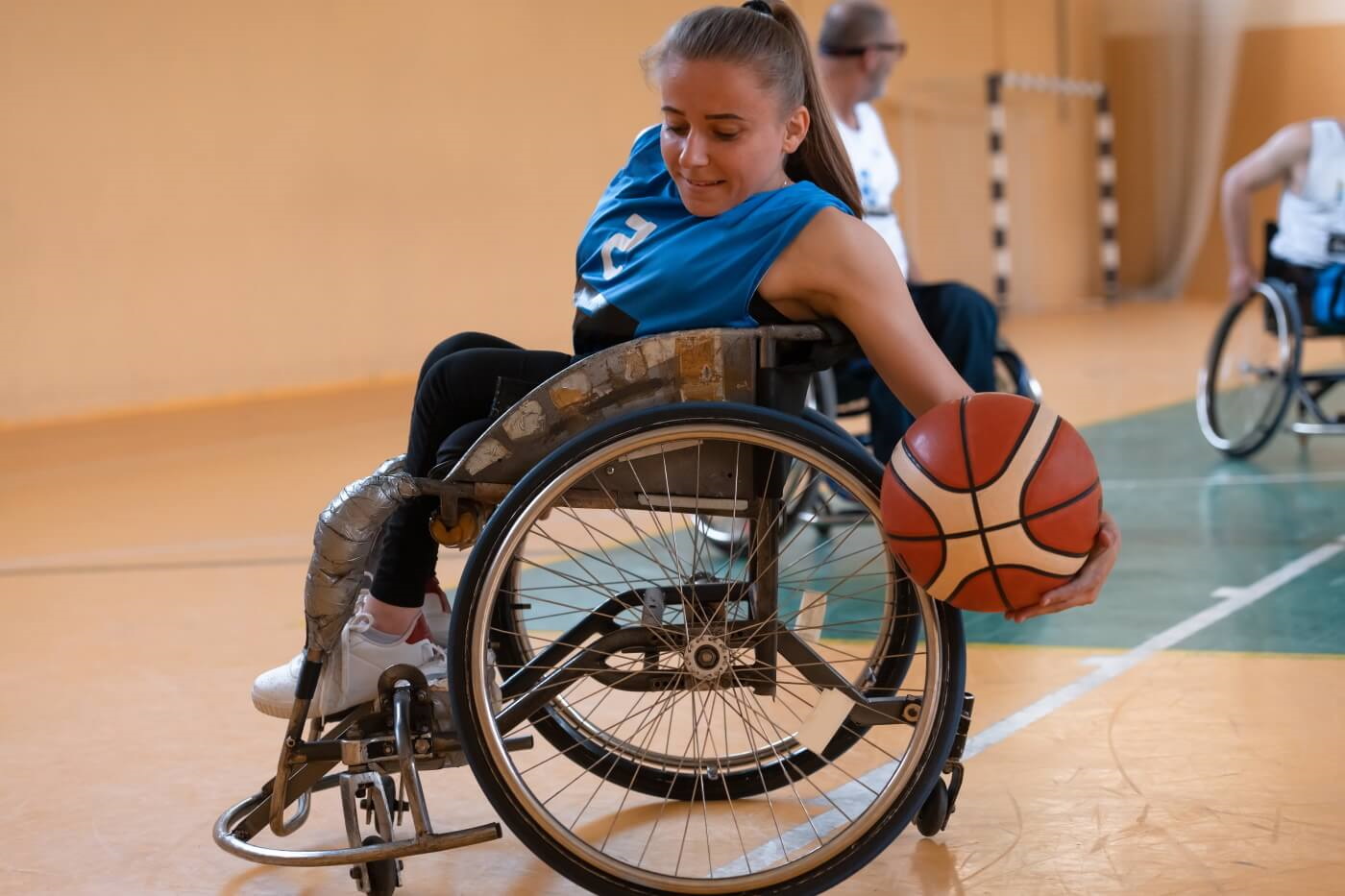
Finally, you can learn more than you expect by simply asking the children that you coach what they’d like to try, or how they’d like to use a certain portion of your session, ensuring that all voices are heard.
"Some kids are quite confident and are happy to throw ideas in, and others aren’t," Lizzie says. "It’s about making sure that any of those ideas are going to work with everyone, including the quieter members of the group."
But how can you tell if it’s time to adapt?
"Kids are pretty obvious if they’re not having fun," Lizzie says. "You see them getting distracted, you see them not smiling, not laughing. At that point, you know that you need to have a chat. Sometimes it may be stopping the group from moving on, but sometimes it’s related to what’s going on with that individual."
The best way to find out is to simply have a conversation, and be ready to listen – not make assumptions.
"The thing to remember,” Jenny says, "and this can happen with any child, is that the day that they’ve had at school or the journey to your session can really alter how you need to behave with them during that session, and how you can ensure that you’re creating an environment that’s not just fun for them but also feels safe for them."
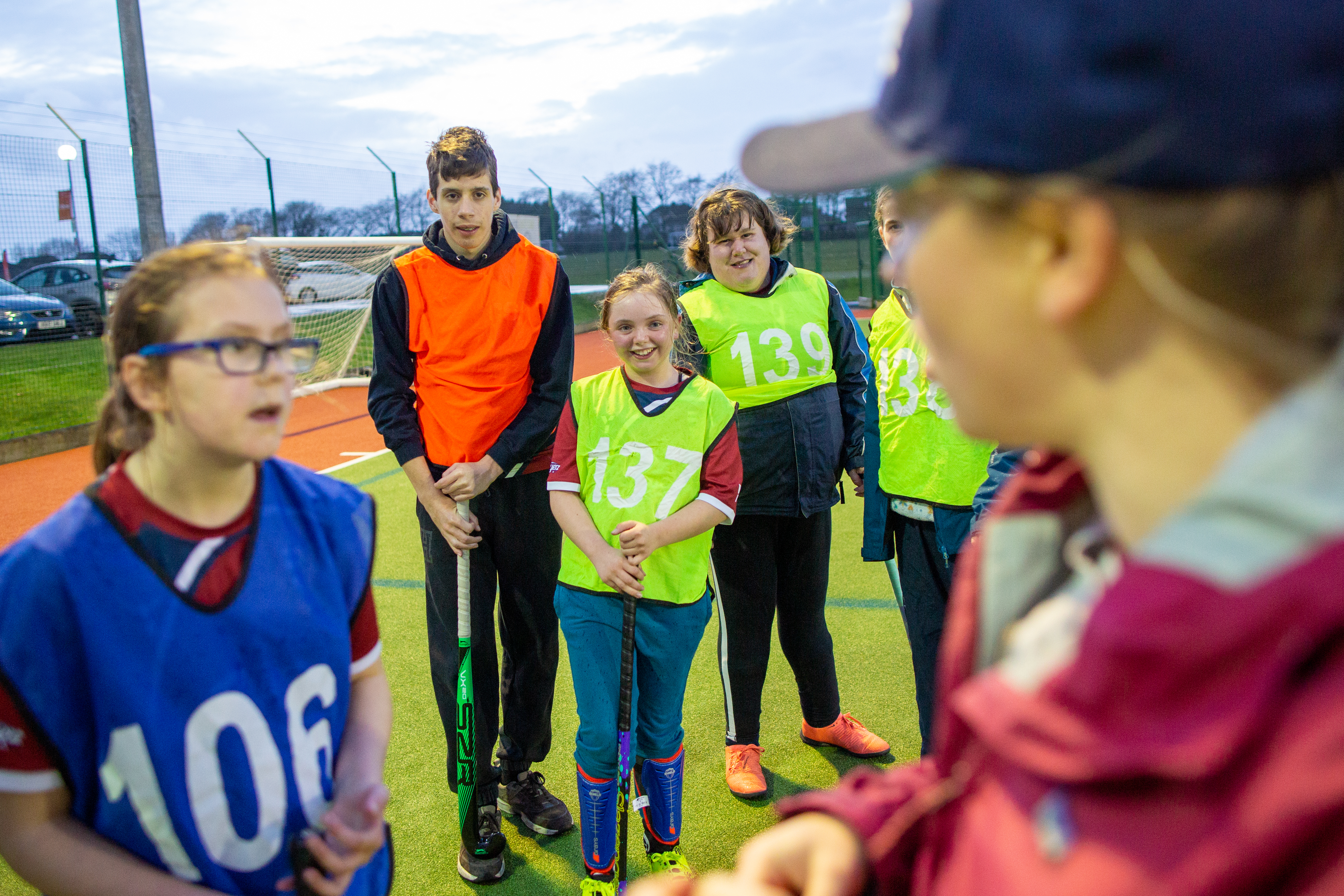
Jenny explains that making a small change can go a long way toward re-establishing comfort levels. It could be, for example, that a light in the hall has started flickering, or that you’ve given someone a bib that isn’t comfortable on a sensory level for that person.
"If a young child is showing a behaviour that’s different, take a moment to think about why that might be, and what action you could take to help."
Top tips on coaching a mixed ability group: nailing the warm-up
At the start of a session, Lizzie typically chooses warm-up activities that enable everyone to participate at the same time. This creates a sense of fun, but also gives her the opportunity to observe any new players to see how they move and engage.
One example is where participants move around the space and pretend to be different animals. Other times, they might use a speaker to play musical statues, or break off into groups for ‘follow the leader.’
Jenny agrees that games like these offer great opportunities for coaches to see how the children they’re coaching move and interact.
"When we first meet a group of young people, we’ll start with a coach in the middle of a tagging game, because they can choose who they tag and read how people are responding to the game. If a participant doesn’t like the competition element or is uncomfortable with everyone heading in the same direction, we can pick up on that and adapt the game.
"Some young people don’t like being chased, for example, so will join 'Team Shark' in the middle. Then they can still take part in a way that they’re comfortable with."
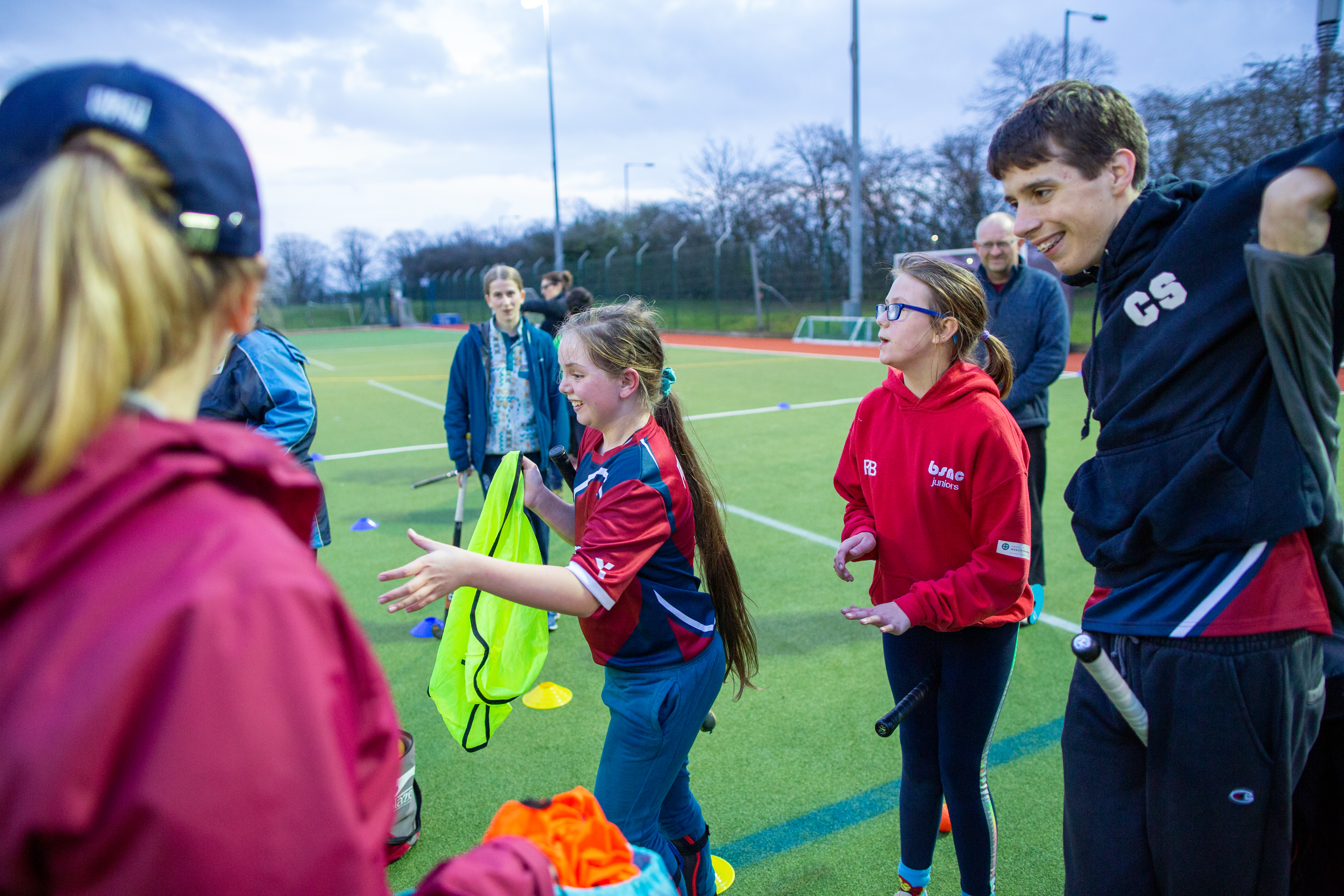
Lizzie's 6 Top Tips
Lizzie Edgecombe shares her 6 tops tips for coaching children and young people with mixed abilities.
TOP TIPS
What other support is out there for coaches?
If you’re a coach hoping to move into coaching disability sessions, then Lizzie recommends disability inclusion training, noting that national disability sports organisations have impairment-specific training to help boost your knowledge, as does Access Sport. (For more on this, have a read of UK Coaching’s tips, Disability Awareness.)
Lizzie also recommends attending local inclusive sessions, if you know of any, to get an idea of how other coaches adapt their sessions to meet the differing needs of the people they coach. Even if your sessions have a different aim (such as working with people with mental health issues), learning how other coaches adapt can help you identify strategies for your environment. For more on adapting your sessions to prioritise inclusion, have a look at UK Coaching’s resources on Supporting Specific Needs.
"We all coach differently and can learn and adapt things that other people are using, even from completely different sports," Lizzie explains. "Get yourself into those positions as much as possible, with as many different types of people as possible, because it will definitely make you a better coach."
Join Laura-Jane Jones in conversation with Jemima Browning, an inspirational young coach and disability advocate. Jemima has served on the Youth Sport Trust’s Youth Board and received the Diana Award. For coaches who are keen to create truly inclusive environments for children, this episode of the Play Their Way Podcast offers a roadmap to help you #PlayTheirWay!
Other resources that you may like...
About the contributors
Lizzie Edgecombe is a Senior Development Manager for the national charity Access Sport. Her main focus is on increasing disability inclusion through their Changing Places Bristol project. She’s a firm believer in Access Sport’s vision that no one should be excluded from the transformational benefits of community sport.
Director of Nova Sports Jenny Rutter has lots of experience in the sports development industry and specialises in working with community groups and developing new opportunities. She also coaches powerchair football, hydrotherapy and athletics, and has helped to set up a number of sports teams while also running a regional powerchair football league.
SHARE THE MOVEMENT
Help spread the word by sharing this website with fellow coaches!

